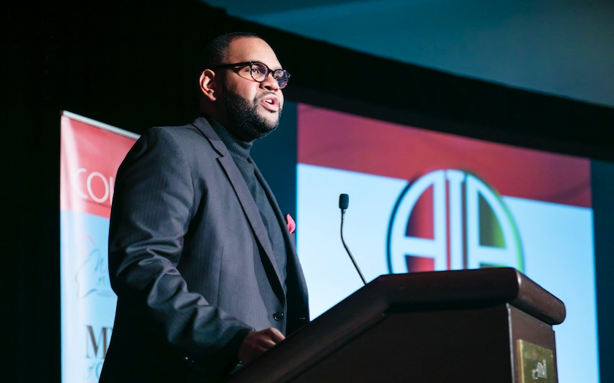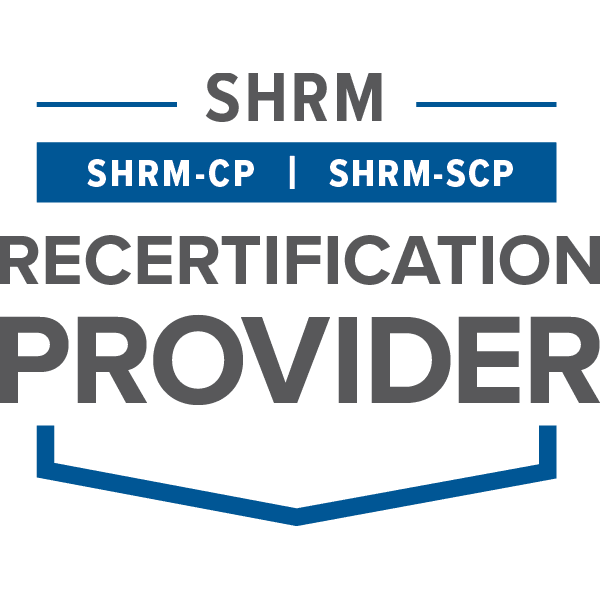By Evan J. Cutts
In the digital age, email and text messaging are often considered a disparaged medium in which all genuine human connection is lost. Such was not the case in my many correspondences with Dr. Maurice A. Stinnett, in which each email was signed, “We are in this together.” What a simple and powerful affirmation, one that expresses both his values and those of Color Magazine.
It comes as little surprise then that, in his role as the inaugural Vice President of Diversity and Inclusion at BSE Global, Dr. Stinnett puts people first. Whether leading community efforts in Brooklyn’s educational, nonprofit, and spiritual sectors or dedicating his first ninety days to listening and learning from his staff at BSE Global before implementing policy change, Dr. Stinnett prioritizes the needs and concerns of those around him.
With a degree in Education and Organizational Leadership from Columbia University, Dr. Stinnett forged a career in diversity and inclusion that spans the nonprofit, education, and corporate sectors. From 2010 to 2016, he served as Chairman for the World Leadership Program, a White House initiative under the Obama administration that sought to spark learning and dialogue between graduate students and universities in the Middle East and the United States.
As he continues to bring together individuals from all reaches of the world, Dr. Stinnett works to empower each and every individual possible. It is an honor to share his insights and unbridled passion for diversity, inclusion, and equity in the following interview.
Evan J. Cutts: Can you tell me more about your role as Vice President of Diversity, Inclusion at BSE Global?
Maurice A. Stinnett: As the inaugural Vice president of Diversity and Inclusion, I oversee the D&I strategies and programming for all BSE Global properties and brands. BSE encompasses Barclays Center, the Brooklyn Nets, New York Islanders business operations, Webster Hall, and NYCB LIVE, home of the Nassau Veterans Memorial Coliseum.
Internally, my job is to assess our diversity metrics and systems across the company. I focus on the representation of women, people of color, and underrepresented minorities in leadership roles. Additionally, I examine our pipelines and pathways for those groups at BSE Global.
Externally, my job is to work with our Sr. Director of Community Relations to ensure that we reflect the Brooklyn community – a rich, diverse community – and use our platform to empower our community as best we can, as it aligns with our core values.
Incredible. What motivates and inspires you to give your all to this role?
I’m inspired by the fact that I know there are people who look like me, who share similar experiences— meaning those who are underrepresented and find themselves on the margins of society—that have wonderful gifts and talents to contribute, but have remained unrecognized. Knowing that I have an opportunity to change that reality is what wakes me up in the morning.
Looking ahead, what is your vision for BSE Global’s D&I Strategy?
What I would like to continue seeing at BSE Global is our ability to take our plans off the ground and make them actionable. In other words, putting theory into practice—that’s the key.
Now, how are we going to do that? First, we’ve established a Diversity, Inclusion, and Cultural Engagement (DICE) Council at Large. It’s a council comprised of about 10% of the organization’s population, totaling 50 diverse members. In fact, we just received the results of our first company-wide cultural survey. The next step is to present the data to DICE Council at Large, provide recommendations, and begin outlining a diversity plan and relevant programming for the next phase of our D&I strategy beginning in January.
In your role, how do you define success?
There are a couple of ways to define success, right? Quantitatively, I have to look at the numbers, verifying metrics like equal representation of women and people of color in leadership roles for example. I also base our success on the status of BSE Global’s overall culture. Everyone at our organization should feel that they belong and that they are invited to the table where decisions are being made.
Then personally, success for me is simple. As long as I gave my best effort, was honest, compassionate and maintained integrity, then, I have been successful.
How do you define and drive innovation?
I think necessity is the mother of innovation; when you learn that there is a need that hasn’t been met using the typical tools, you become innovative. For my team, I drive innovation by removing the fear of failure. If you encourage people to take risk and to be creative – even if that means making a mistake, innovation is inevitable. I ask my team to assess where we’re at, what concerns or issues have remained unsolved, and then tap into their creative abilities to provide a solution.
Wonderful. On the surface that may seem counterintuitive, but innovation is often just that. Switching gears, in times of crisis or change. What separates an effective leader from an ineffective one in your experience?
I think the ability to keep one’s head about them, when as the quote says: “all else around you are losing theirs.” A leader has to be able to remain calm and think clearly amidst the storm. In my practice especially, an effective leader must never forget that people are involved. And because people are involved there is a particular way one must handle the crises. Ensuring those whom you are responsible for feel safe and secure before anything else is paramount.
In your opinion, what does it mean to be a person of Color in 2018?
To be a person color means you are resilient, brilliant, beautiful, compassionate, strong, and talented. Most importantly, it means that we (people of color) are still here with our indefatigable spirit and we will continue to thrive while making the world a better place.



